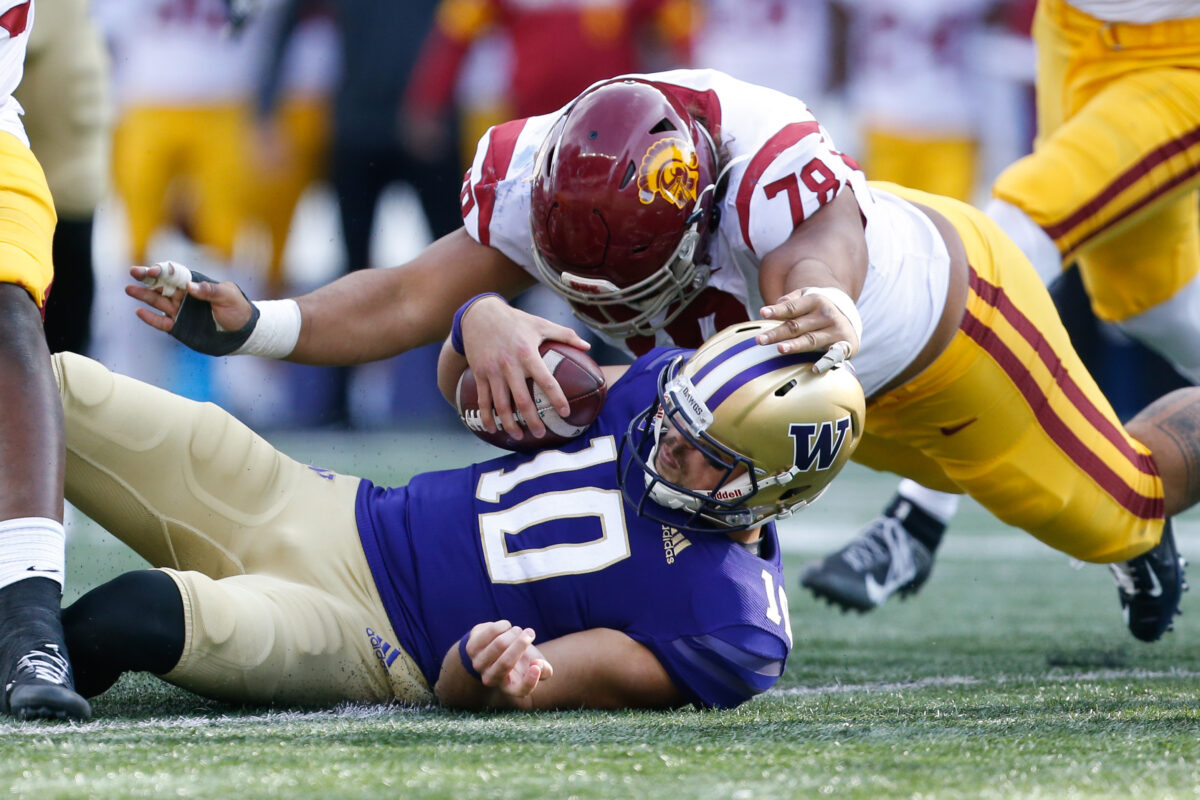When does a blue-blood program become a blue-blood program? How can a program become a blue-blood program in college football? These questions have been kicked around a lot over time, but it’s a good question because it gets all of us to think about the larger power structure in college football. Which programs merit top-tier status and therefore carry supreme expectations?
Seven years ago, a lot of people in college football probably felt Georgia was a place where nothing more than nine or 10 wins should have been expected each year. Mark Richt had some excellent seasons in which he won more than 10 games at Georgia, but he didn’t regularly clear that bar, so a discussion about the program’s annual goals persisted. Georgia was not automatically assumed to be one of those core programs where 11 or 12 wins should have been expected every year.
Kirby Smart has changed that. Does this mean Georgia has recently become a blue-blood program, though, or was Georgia a blue-blood football school before the past seven years?
We can apply these debates on an adjusted scale to schools such as Oregon, which have thrived in the 21st century but went through plenty of lean years in previous decades. Georgia is obviously a much, much more successful program than Oregon was in the second half of the 20th century, but had it attained blue-blood status?
What would we say about Washington? USC is the obvious blue-blood program in the Pac-12, but does Washington belong with USC (below the Trojans, but in the blue-blood family) or are the Huskies more accurately lumped in with Oregon? While you think about these questions, consider what Tim Prangley and Rick Anaya say on the latest episode of Trojan Conquest Live at The Voice of College Football.
Next Sunday at 8 p.m. Eastern and 5 p.m. Pacific, Trojan Conquest Live welcomes USC legend Anthony Munoz for a one-hour special conversation you won’t want to miss. That’s Sunday, June 4, at 8 Eastern and 5 Pacific on YouTube.
[lawrence-auto-related count=1 tag=696090378]
